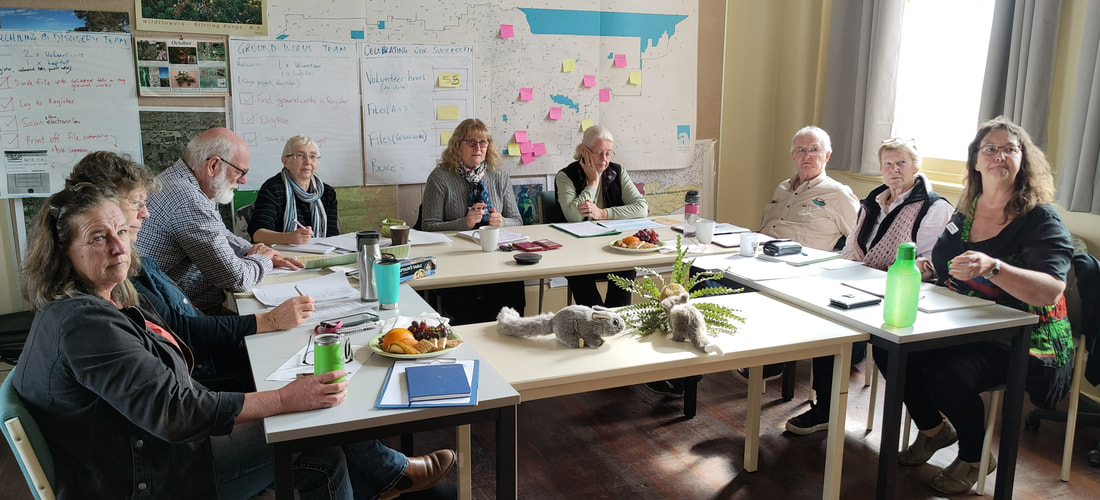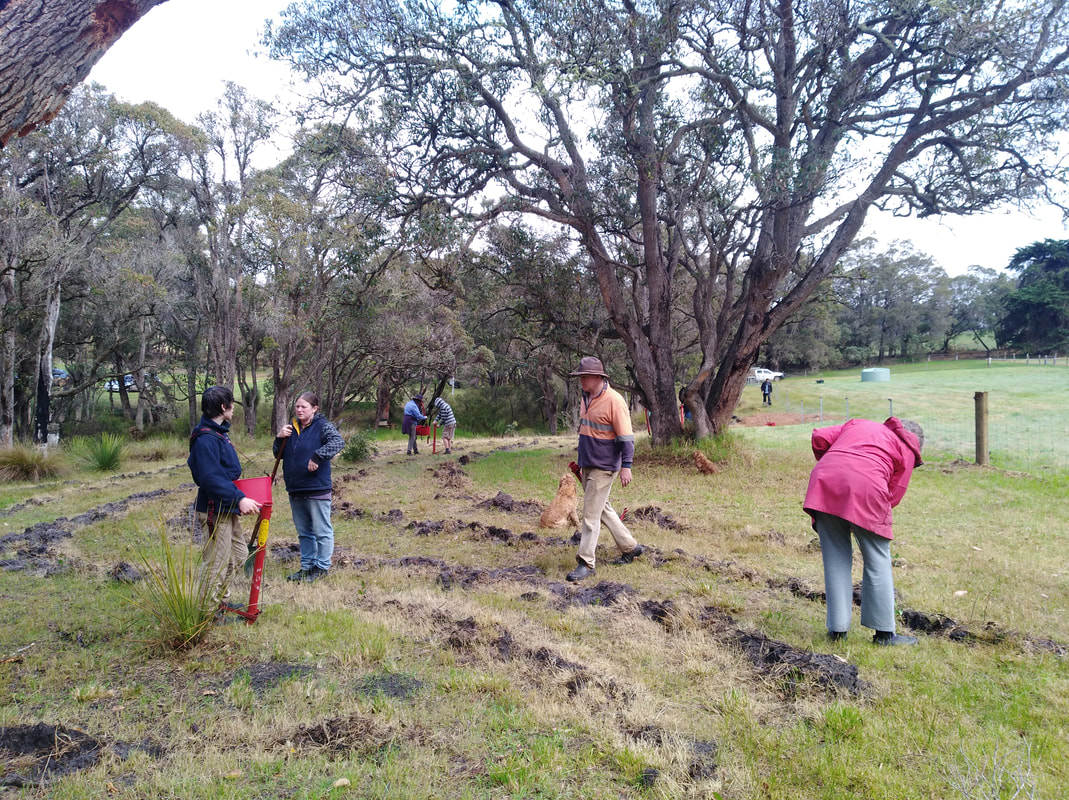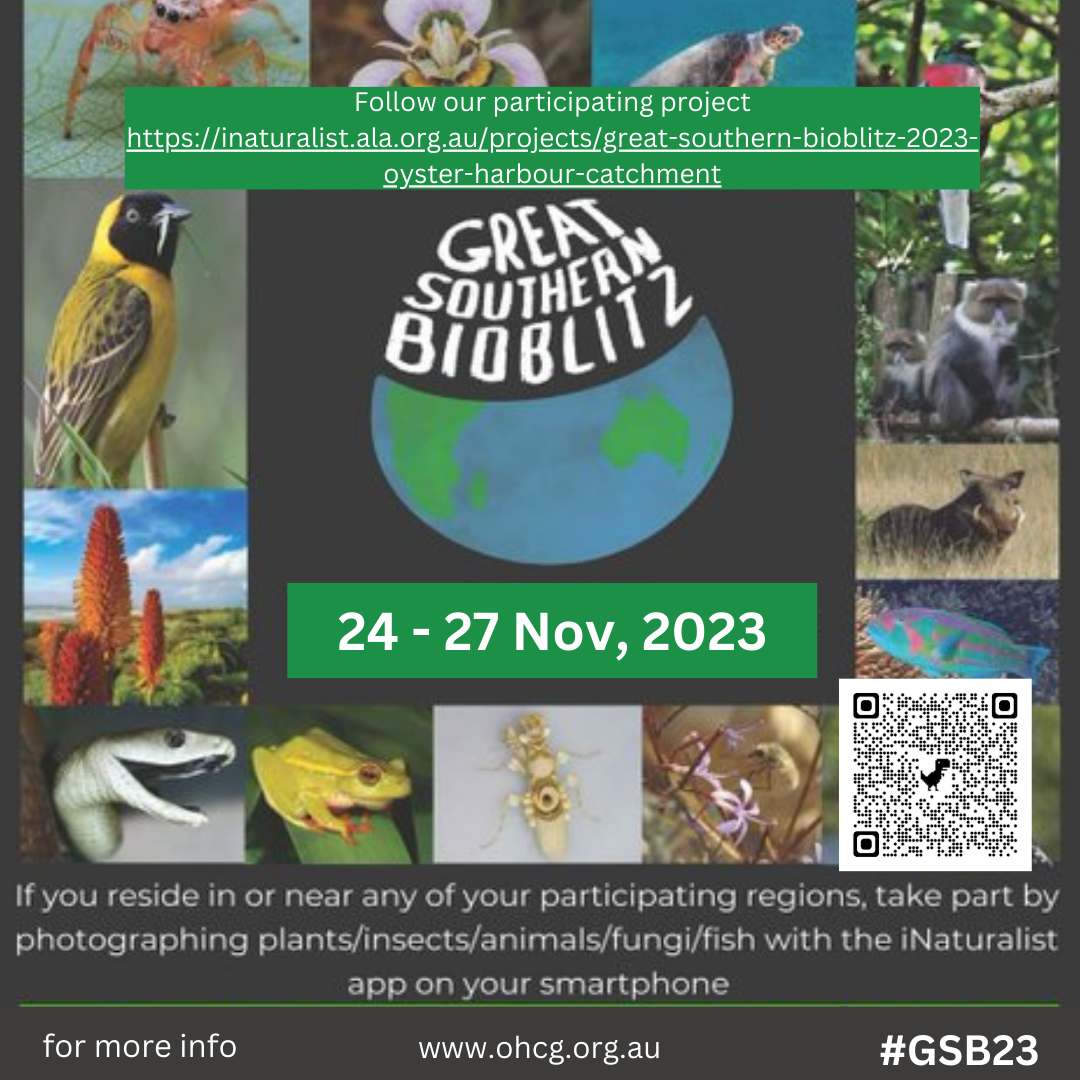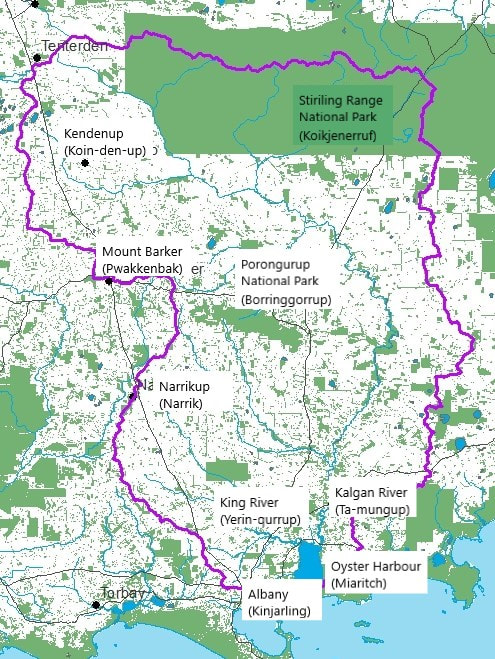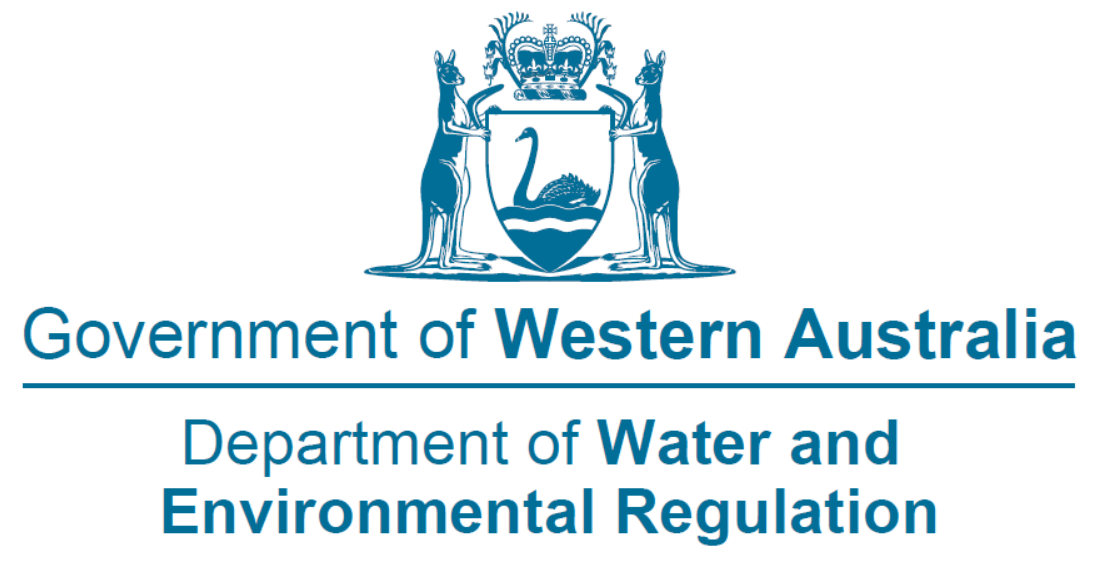We have fostered a prosperous, vibrant community for present and future generations within the Oyster Harbour Catchment through natural resource management for more than 30 years.
As an non-profit volunteer organisation we coordinate many native and agricultural management projects in Oyster Harbour Catchment covers 3,000 square kilometers from Albany in the south to Tenterden: increasing awareness, encouraging best practices for all land uses, carry out landscape scale on-ground works and collaborate with others through out the community.
Members quotes
"OHCG has a strong community group that makes science based decisions that has had, and will contine to have, a significant positive impact on the health of the harbour. An uplifting story."- Sue
"They do a fantastic job looking after our wider community farmers etc, we learn so much more through their ideas and practices on farming management."- David and Lyn
"Openess to examine a range of needs and innovative projects that can help sustain and promote respect and preservation for our place on earth"- Sarah amd Andrew
Up-coming Events
We have many projects that you can be involved in: Healthy Estuaries WA, Regional Landcare Partnerships, Southern Beef Grower group, Albany and Surround Feral Cat Working Group, and many others. Click the button below to get involved.
Engage with us online by liking and following us on social media
Expression of Interest Open
What Been Happening?
or become a member and hear about more activities through our newsletter
We acknowledge the Minang and Koreng people as the traditional custodians of the land on which we work and live. We pay our respects to the Elders, past, present, and emerging and to the wider Noongar community.
Sponsors and Supporters



